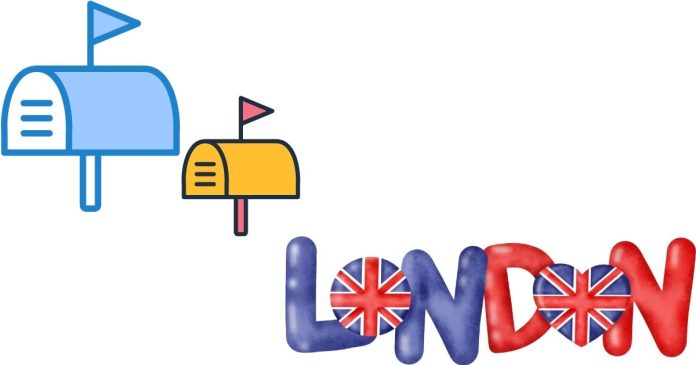London, the bustling capital of the United Kingdom, is a sprawling metropolis with a sophisticated and organized postal code system. Understanding London’s postal codes is crucial for navigation, mailing, or simply getting to grips with how the city is laid out. Here, we’ll break down the essentials of London’s postal codes and their significance.
The Basics of UK Postal Codes
The UK uses an alphanumeric postal code system, known as postcodes, introduced by the Royal Mail. These codes are essential for sorting and delivering mail accurately and efficiently. A typical postcode comprises two parts: the outward code and the inward code.
- Outward Code: Identifies the town or district (e.g., SW1A).
- Inward Code: Pinpoints the specific address or location (e.g., 1AA).
Together, they create a full postcode, such as SW1A 1AA.
London’s Postal Districts
London is divided into several postal districts, each with its own prefix. These prefixes are broadly categorized into Central, East, West, North, and South London. Let’s see some of the key districts:
Central London
- EC: Eastern Central (e.g., EC1, EC2, EC3, EC4)
- WC: Western Central (e.g., WC1, WC2)
These districts cover areas like the City of London, Holborn, and Bloomsbury.
East London
- E: East London (e.g., E1, E2, E3, up to E20)
This includes areas like Shoreditch, Whitechapel, and Stratford.
West London
- W: West London (e.g., W1, W2, W3, up to W14)
Key areas here include Paddington, Notting Hill, and Kensington.
North London
- N: North London (e.g., N1, N2, N3, up to N22)
Prominent locations include Islington, Camden, and Finchley.
South London
- SE: South East London (e.g., SE1, SE2, up to SE28)
- SW: South West London (e.g., SW1, SW2, up to SW20)
Areas like Southwark, Greenwich, Clapham, and Wimbledon fall under these codes.
Special Postal Codes in London
Some notable locations in London have unique postal codes:
- SW1A 1AA: Buckingham Palace.
- W1A 1AA: BBC Broadcasting House.
- EC2V 7HH: The Bank of England.
These codes are not just functional but also iconic, representing landmarks of historical and cultural importance.
Navigating London Using Postcodes
London’s postcodes are integral to its geography. The first letter(s) of the postcode denote the area, while the numbers refine the location further. For example:
- E1: Covers Whitechapel and Aldgate.
- N1: Refers to Islington and parts of Hackney.
Having a good grasp of postcodes can make navigation easier, whether you’re planning a visit or coordinating logistics.
Fun Fact
The highest-numbered postcode district in London is SE28, which covers Thamesmead in South East London. Meanwhile, E20, once fictional in the TV show EastEnders, became real when the Olympic Park was developed in Stratford.
London’s postal code system is a fascinating reflection of its vast and diverse urban landscape. Whether you’re sending a letter, exploring neighborhoods, or uncovering the city’s history, postcodes provide a structured way to understand the capital’s layout.
For more insights into UK geography and logistics, stay tuned to our blog!



